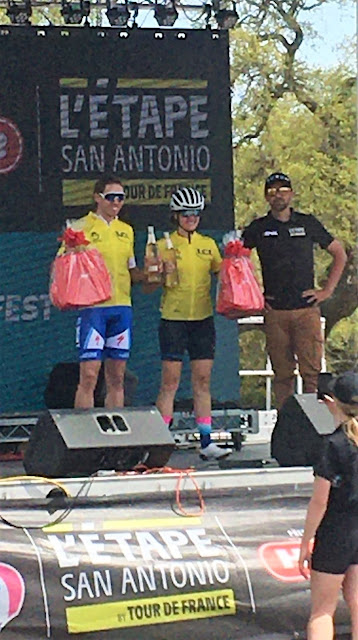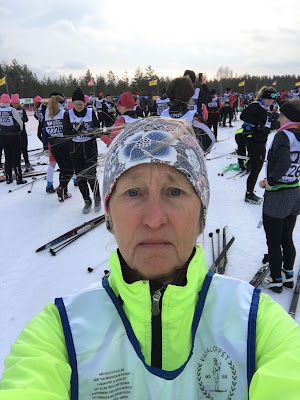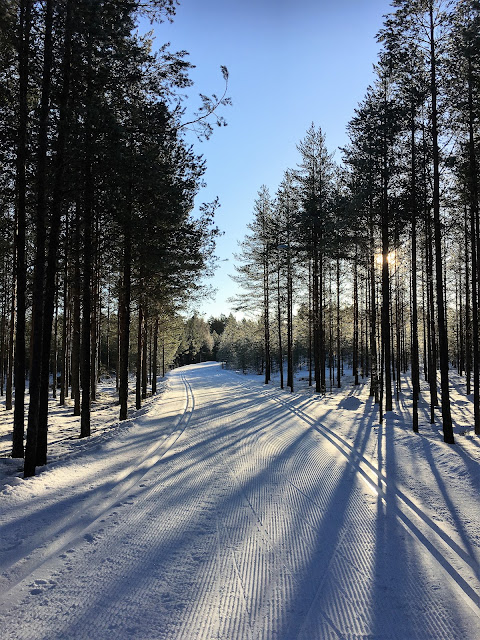Tour de France!

Well, almost, L'Etape San Antonio by Tour de France is part of a worldwide amateur cycling series designed by Tour de France experts. San Antonio, Texas was chosen for the only USA race at April 10! L'Etape San Antonio included a pro bicycle race featuring two-time Tour de France and Giro de Italia winner Alberto Contador and the amateurs race/ride the same course behind. When I heard about it, I signed up as I live nearby. I choose a slightly shortened version of the pro race "only" 60 miles and 3689 feet of climbing... Pro race and the longer option was 100 miles and over 6000 feet of climbing. There was also a shorter race of only 25 miles. This is a great motivator and training. It was a little crowded the first few miles, but not too bad. My race plan was to not rush and exhaust myself at any point, but to hold a steady pace and make sure energy lasted to the end. During the first 30 miles, it was not too hot and there was no wind, plenty of people to draft on a





